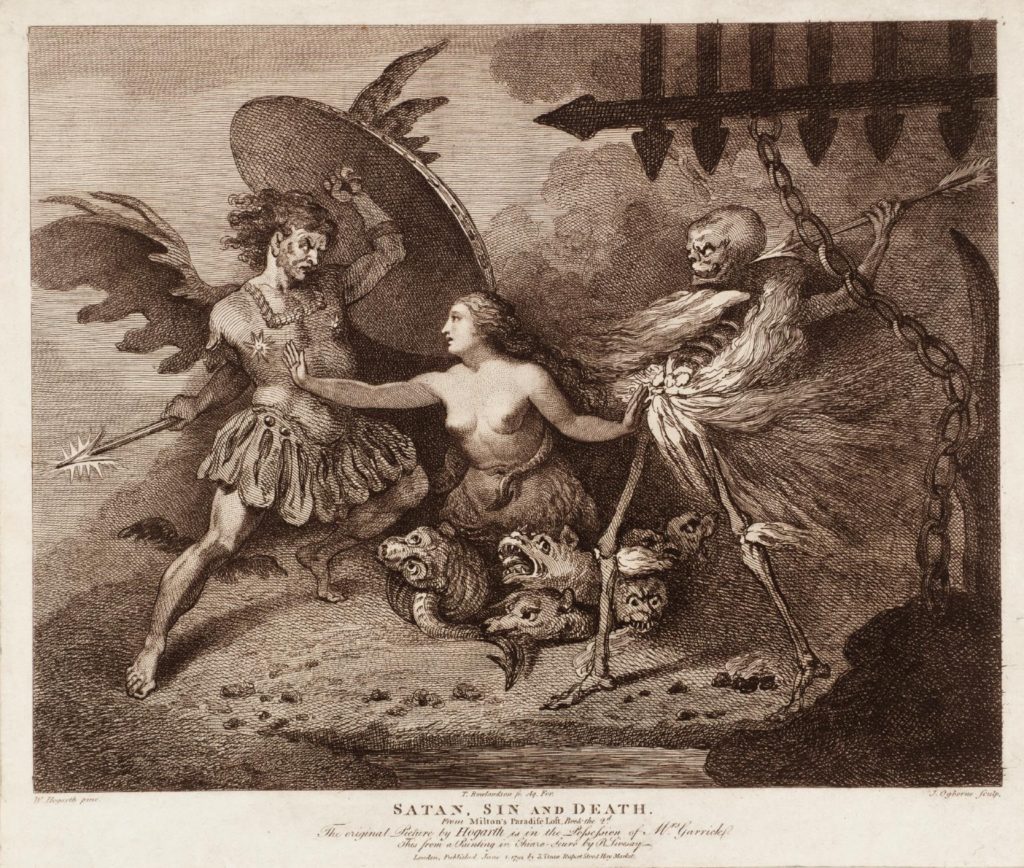

“The nights now are full of wind and destruction the trees plunge and bend and their leaves fly helter skelter until the lawn is plastered with them and they lie packed in gutters and choke rain-pipes and scatter damp paths. In the third chapter, Woolf describes the season of autumn as it envelopes the still empty abode of the Ramsay Family. However, when Carmichael blows out the light, readers lose a little of the hope which Virgil inspired, as they predict an impending suffering. She prepares readers for the sadness to come, giving them a strong hint as to an alternative way of dealing with trying times.

Woolf emphasizes the necessity of turning to the artist when times become difficult and when forgetting one’s identity and relationship to other people becomes all too easy. As an epic poet, Virgil forged an identity for the ancient culture of Rome and revived the consciousness of the Romans to their identity as a united people during harsh times of war. He turns to the epic poet for a higher wisdom which provides him with the ability to re-orient himself in his own time. Significantly, Carmichael reads Virgil in the midst of trying and confusing times. Woolf utilizes the brackets to set the statement apart and to force readers to pay more attention to it. Her message culminates in the bracketed sentence at the end of chapter II. The modern world seeks revival, but Woolf refrains from providing the key to that revival so soon.
#ROMANTICISM ART VIEW OF DEATH HOW TO#
In modern times, Woolf suggests, humans become less aware of each other and less aware of how to treat each other. Indeed, it reflects a major theme of her novel: the idea that humans live in relative isolation, forgetting that they live in a world with other humans who experience similar emotions, confront similar sufferings, and share the common fate of death. The passage’s tone grows increasingly dark as she describes the fading away of consciousness among humans. She hints that humans act as indifferently as the furniture in an empty house, or as apathetically as time. Woolf paints a lucid picture of a modern world lacking consciousness. “Not only was furniture confounded there was scarcely anything left of body or mind by which one could say, ‘This is he’ or ‘This is she’” (126). Later, the narrator alludes to the anxiety and confusion produced as time ruthlessly goes on. The narrator further acknowledges the destructive nature of time and owns that nothing can escape it. Woolf’s diction adds to the eeriness of the image instead of the lighthouse’s glow, darkness reigns within the Ramsay’s house. The narration does not stem from the consciousness of one of Woolf’s characters instead, it represents the rather distant consciousness of a third person narrator.

“Nothing, it seemed, could survive the flood, the profusion of darkness which, creeping in at keyholes and crevices, stole round window blinds, came into bedrooms, swallowed up here a jug and basin, there a bowl of red and yellow dahlias, there the sharp edges and firm bulk of a chest of drawers” (Woolf 125-126). Woolf creates a confusing and dark atmosphere while portraying the detrimental effects of time on the Ramsay’s empty house. Instead, she addresses the issues of time and death through a third person narration and shows the pertinence of such topics to a developing artist. Woolf changes the structure of her novel in “Time Passes,” abandoning her main characters until the third section of the novel. As a consequence, she unites such fragmented, bracketed statements into a uniform understanding of modernity. In “Time Passes,” Woolf breaks from her traditional literary form to forge a new consciousness for society and introduces the typographical device of the square bracket to write from the point-of-view of an objective outsider. Woolf’s stylistic devices, especially those employed in the segment, “Time Passes,” reveal her thoughts on modernity and on pursuing life as an artist in the modern world. Virginia Woolf’s To the Lighthouse follows the development of the painter, Lily Briscoe, as she strives to create a meaningful space for her artwork in an increasingly critical and unkind world.


 0 kommentar(er)
0 kommentar(er)
